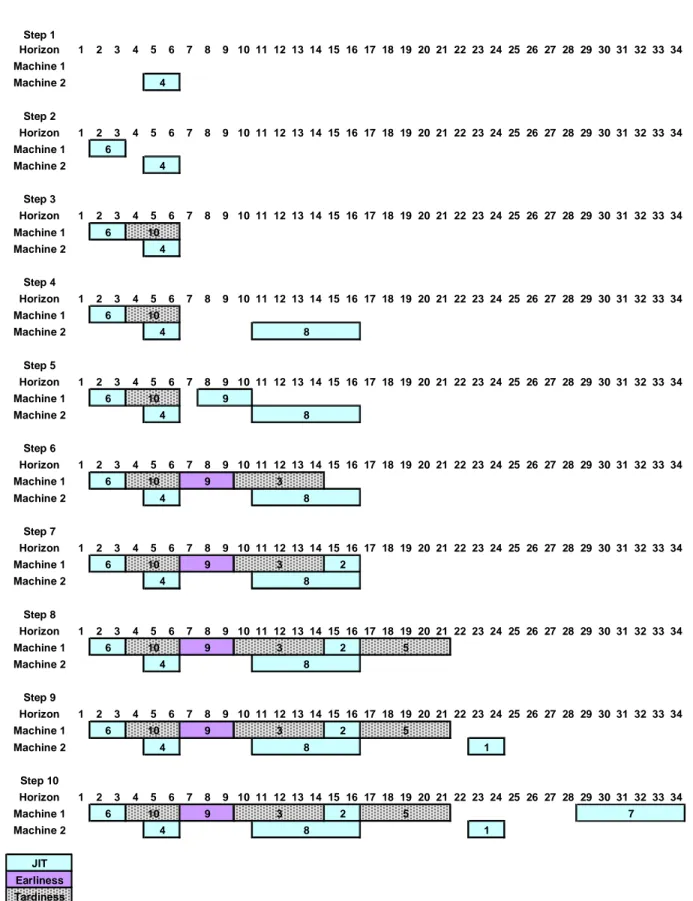Optimal Workers Allocation for the Crossdocking Just in Time Scheduling Problem
Texto completo
Figure
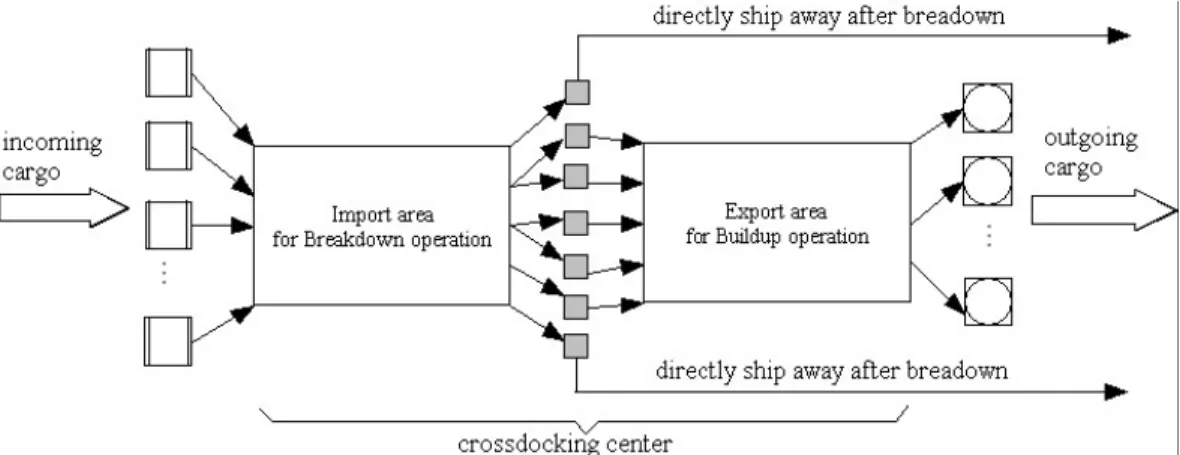

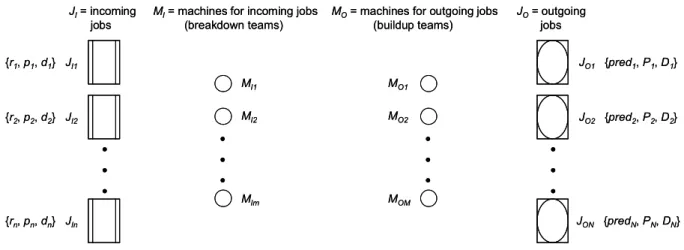

Documento similar
The optimization problem of a pseudo-Boolean function is NP-hard, even when the objective function is quadratic; this is due to the fact that the problem encompasses several
We also prove formally (Appendix A) that the two problems are related; in particular, the proposed problem can be derived from the LP-max problem and the optimal value of the
This condition, related to the normal component on ∂D of the ∂-operator, permits us to study the Neumann problem for pluriharmonic functions and the ∂-problem for (0, 1)-forms on D
selection and the best parameters are used to solve the Job-Shop Scheduling Problem through the Traveling Salesman Problem.. Different cases in the literature are solved to
In our proposal we modeled the problem using a Markov decision process and then, the instance is optimized using linear programming.. Our goal is to analyze the sensitivity
Van Bee, (2005), Water Resources Systems Planning and Management: An Introduction to Methods, Models and Applications, Studies and Reports in Hydrology, ISBN 92-3-103998-9,
Para el estudio de este tipo de singularidades en el problema de Muskat, consideraremos el caso unif´ asico, esto es, un ´ unico fluido en el vac´ıo con µ 1 = ρ 1 = 0.. Grosso modo,
To do this, we first obtain numerical evidence (see Section 13.2 in Chapter 13) and then we prove with a computer assisted proof (see Section 13.4) the existence of initial data

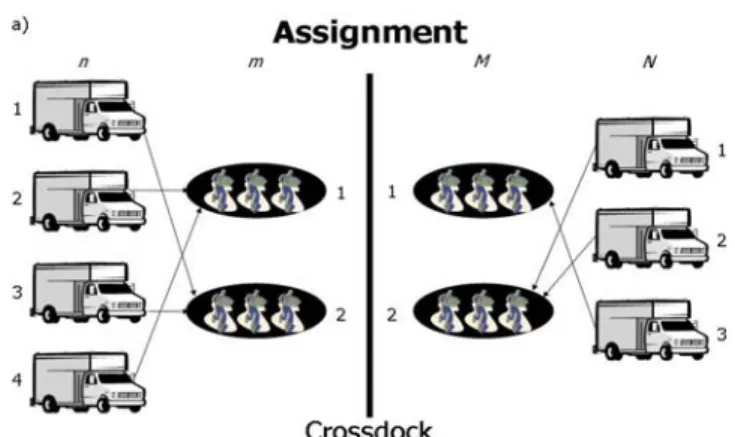
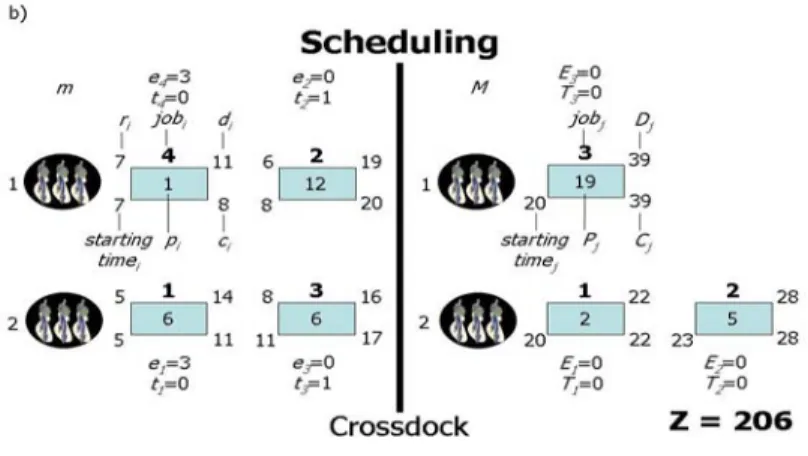
![Figure 4.3: An example of the ejection chain process: a) Before the movement of the job [j] ; b) After the movement of the job [j]](https://thumb-us.123doks.com/thumbv2/123dok_es/2261986.513695/55.918.132.817.254.542/figure-example-ejection-chain-process-movement-job-movement.webp)

